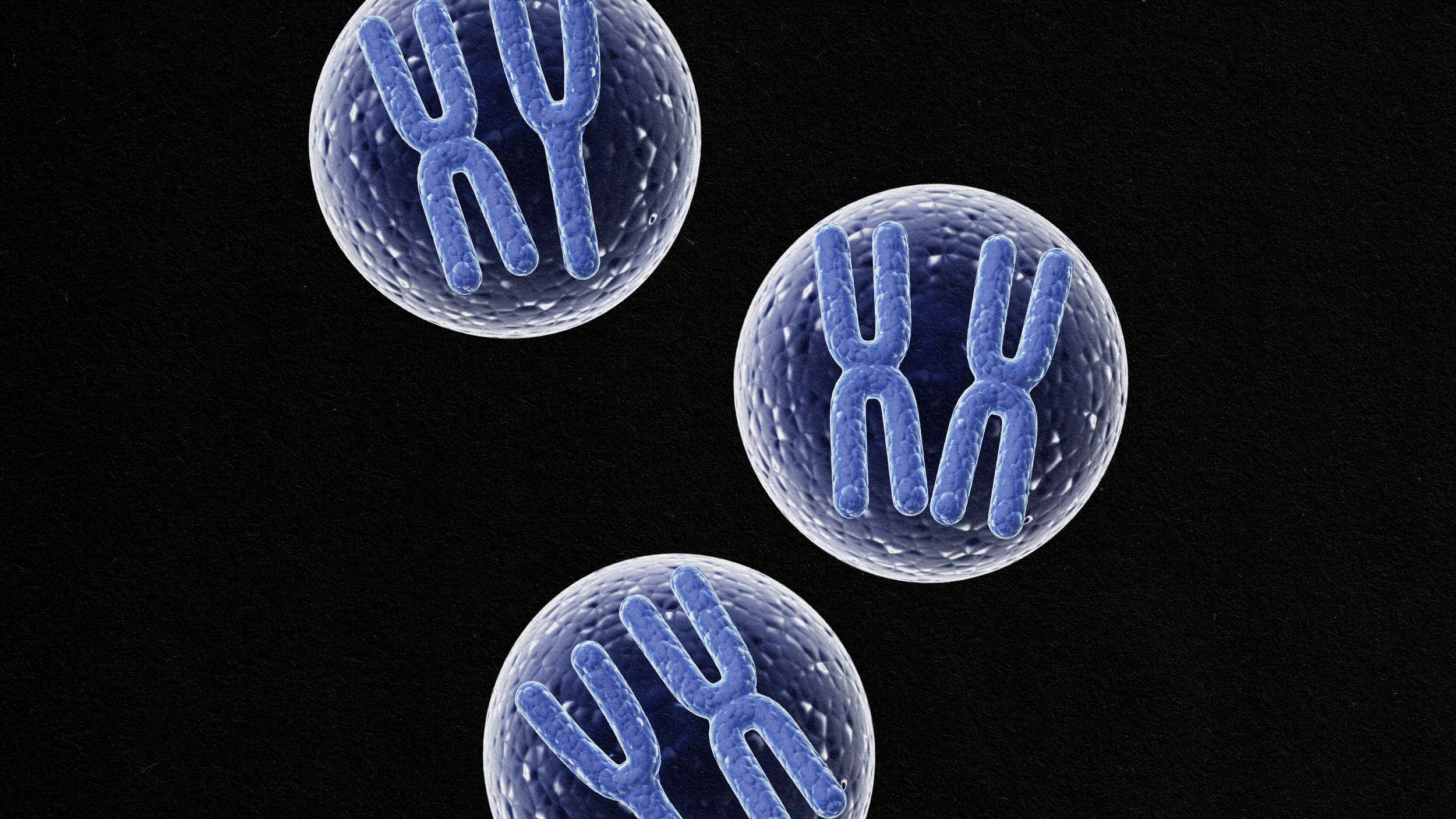The Neuroscience of Bullying
A new wave of research into bullying’s effects suggests that bullying can leave an indelible imprint on a teen’s brain at a time when it is still growing and developing.
Sign up for the Smarter Faster newsletter
A weekly newsletter featuring the biggest ideas from the smartest people
Being ostracized by one’s peers, it seems, can throw adolescent hormones even further out of whack, lead to reduced connectivity in the brain, and even sabotage the growth of new neurons. These neurological scars, it turns out, closely resemble those borne by children who are physically and sexually abused in early childhood. Neuroscientists now know that the human brain continues to grow and change long after the first few years of life. By revealing the internal physiological damage that bullying can do, researchers are recasting it not as merely an unfortunate rite of passage but as a serious form of childhood trauma.
Sign up for the Smarter Faster newsletter
A weekly newsletter featuring the biggest ideas from the smartest people




